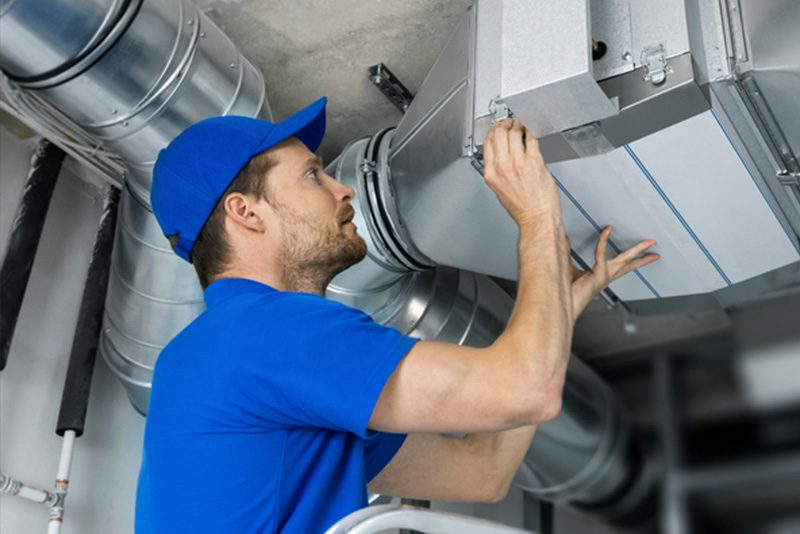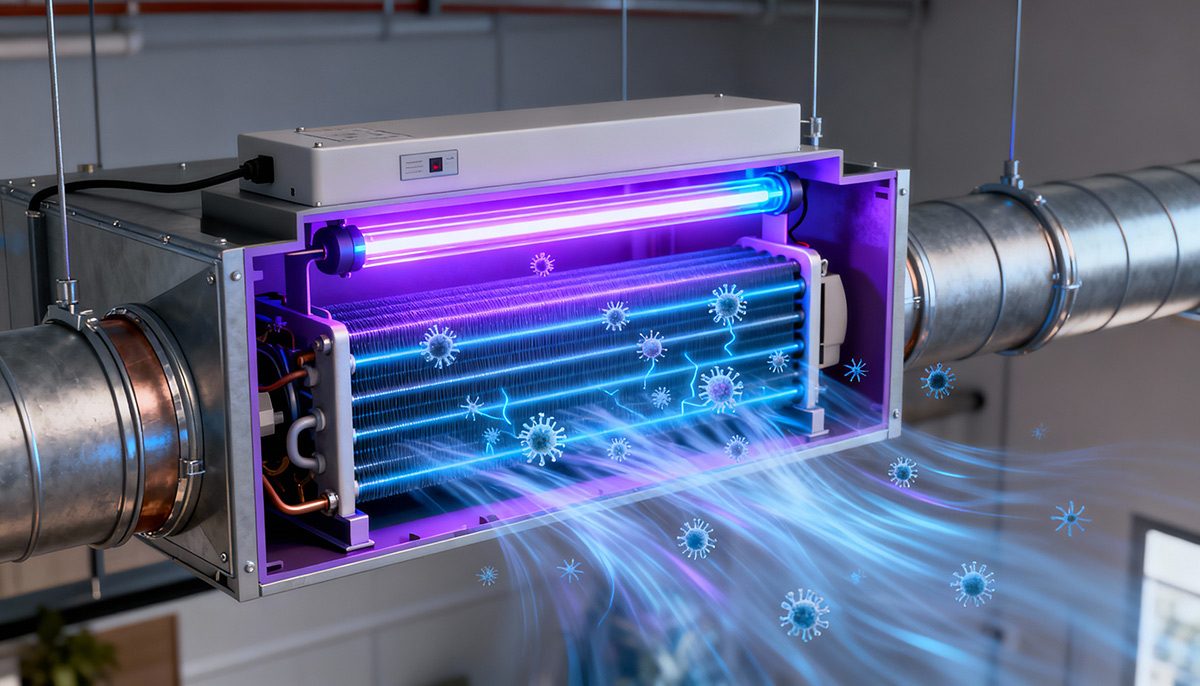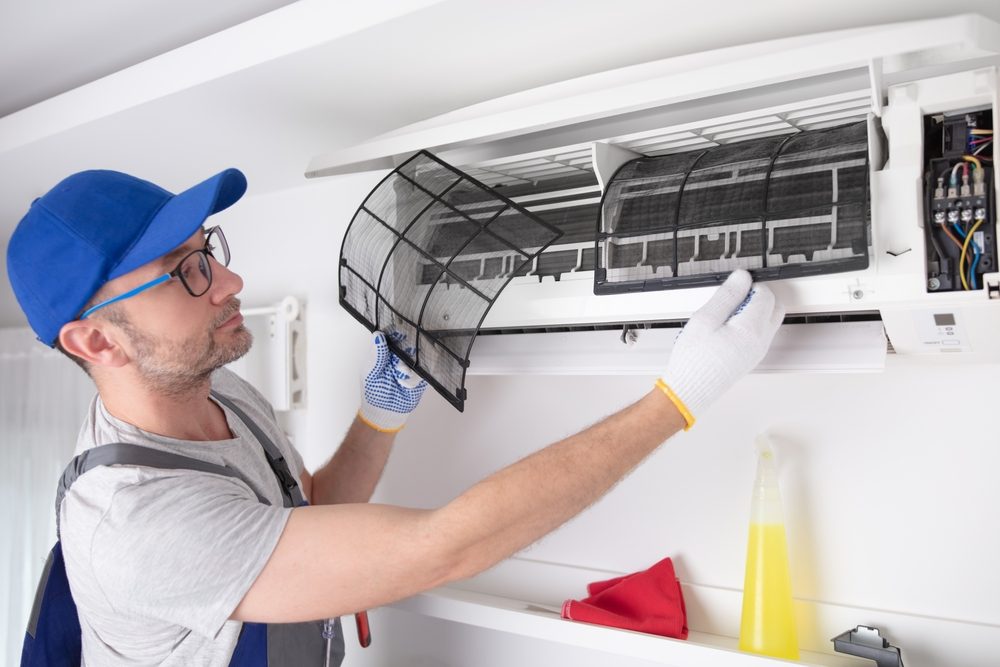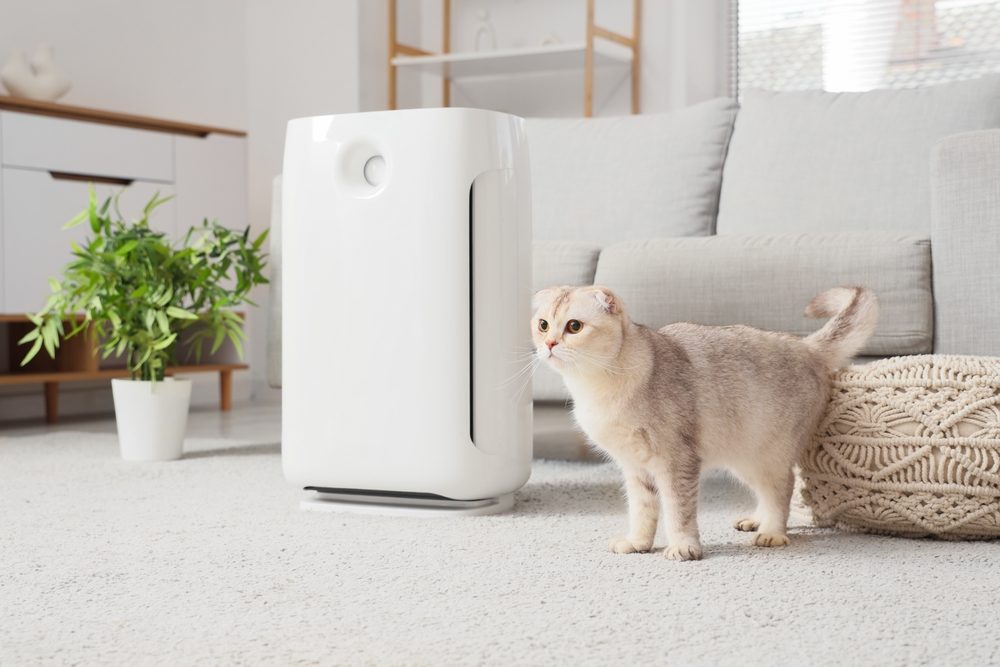
These days prefabricated HVAC systems are making a big difference when it comes to making sure your indoor spaces have sufficient climate control. So in this 2025 guide, we will look at prefabricated systems – what exactly are they? – as well as examine how they differ from more traditional setups. We will also discuss the key components that make up these systems and we will cover the many benefits they offer. We will also look at how industry leaders like Daikin are shaping the future of HVAC with modular, high-efficiency solutions.
So let’s now look at the key benefits and whether prefabricated HVAC is right for your next project.
Prefabricated HVAC systems
So what exactly are these systems? In short, they’re HVAC components that are manufactured off-site and then delivered so they’re ready for installation. Often they include pre-assembled ductwork, as well as piping and packaged rooftop units – in fact, it might even be at the scale of an entire mechanical room. Why is it useful? It means you can streamline the construction process by reducing on-site labour and getting everything installed much more quickly.
This is where they really differ from traditional HVAC setups which are usually built and assembled on-site. The advantage of prefabricated systems is that they minimize weather-related delays as well as waste from construction. Traditional systems are usually pretty customized for each installation and need a lot of collaboration from various different teams. But prefab systems are so standardized and repeatable that they’re easier to scale. They’re really valuable in situations with tight timelines or limited site access. It should be mentioned, though, that they are less flexible for irregular building designs.
In terms of where they are most used, you’ll find prefab HVAC systems in commercial buildings, schools, hospitals, data centers, industrial facilities, as well as modular construction projects.
Key components of a prefabricated HVAC system
Let’s break down some of the key components:
- AHUs: These are units that have been put together in a factory and feature a fan/blower as well as heating/cooling coils. They’re usually inside a metal housing of some kind and work well on rooftops or mechanical rooms.
- Ductwork: Prefab systems have duct sections, fittings, isolators, and take-offs that are ready to go and designed to be plug‑and‑play. That means reduced on-site labor.
- FCUs: Some prefab systems have compact FCUs that can handle comfort control for specific zones.
- Hydronic Piping: Again, these can be delivered as complete modules that are ready to go, prefabricated with the necessary coils, valves, and pressure gauges.
- Control Panels: Prefab systems include factory-tested and ready-to-use control panels that have relays, DDC controllers, temperature and humidity sensors, and actuators.
Types of prefabricated HVAC systems
Let’s now look at the different types:
- Equipment / Skids: These are factory-built and compact with pumps that are pre-installed, as well as instrumentation, piping, and integrated controls. They arrive already wired, piped and commissioned, so you have much shorter setup time and labor.
- Containerized Solutions: These are built within ISO-standard containers, and are plug-and-play units which include chillers, boilers, pump systems, process-cooling plants, or mobile chiller plants. These work really well for remote sites or projects with limited civil work.
- Packaged Plant Solutions: These are kind of fully equipped mechanical rooms that come in a box and incorporate chillers, pumps, cooling towers, valves, pipes, expansion tanks, VFDs, PLC/DDC controls, and electrical systems.
- Modular Chiller Plant (Modular Central Plant): This is basically a fully integrated central plant that has been assembled in a factory and combines chillers, cooling towers, pumps, piping, electrical panels, controls, and even chill-water distribution. This is all within one modular unit.
Benefits of prefabricated HVAC systems
Let’s now break down some of the key advantages:
- Faster Installation: Because prefab HVAC systems are made off-site in controlled environments and you get them ready to go, it reduces installation time on-site and what previously took months now takes significantly less time. This helps a lot with construction scheduling.
- Reduced Labor Costs: Following on from the point above, because much of the manufacturing and assembly is done in a factory, once it gets to your site much less labor is needed. This in turn means fewer skilled workers on location, lowers labor costs, and lower chances of delays.
- Improved Quality Control: Factory-built systems have strict quality checks and standardized assembly procedures before they even reach the site so there are going to be fewer installation errors as everything has been tested before delivery.
- Increased Energy Efficiency: Because of the design and the fact it was assembled off-site, you will get more efficient HVAC performance. It’s possible to get long-term energy savings thanks to the optimized controls, insulation, and airflow management.
- Cleaner & Safer Worksites: As it’s assembled off-site, you’ll get less waste and general construction activity at the job site. That means a safer and more organized place to work.
- Scalability & Flexibility: You can scale prefab systems easily so as demands grow, you can add new modules without causing a lot of disruption.
Applications of prefabricated HVAC systems
Prefabricated HVAC systems are used in a lot of different places. Most widely you’ll see them in commercial buildings (offices, shopping malls, etc) where it’s all about getting it up and running as fast as possible while having minimal disruption on-site. As mentioned, these systems allow developers to streamline construction timelines and reduce labor costs while still keeping high performance and energy efficiency. Because they’re plug-and-play, they’re ideal for high-rise buildings and large residential developments.
In more complex environments like hospitals and industrial facilities, prefabricated systems give the reliability and customization needed for operations that are critical. Hospitals require precise climate control and air quality, which is easier to deliver through factory-assembled components with built-in controls. The same goes for industrial sites where scalability and easy maintenance access is key.
Frequently asked questions
What is the difference between a prefabricated and a traditional HVAC system?
A prefabricated HVAC system is put together off-site in a controlled environment and then delivered to the site where it’s installed much faster and more efficiently. A traditional system is made on-site.
Are prefabricated HVAC systems more expensive?
While they may have higher upfront manufacturing costs, you often see long-term savings because of reduced labor and faster installation on-site.
How long does it take to install a prefabricated HVAC system?
Installation time is much shorter and you can see a job that might have taken months reduced significantly.
Can prefabricated HVAC systems be customized for unique building designs?
They can be tailored to specific project needs but if you do get into extreme customization then you may find you lose out on some of the speed and cost advantages.
About Daikin
Pre-fabricated modular plant solutions give users that much-needed flexibility for both public and private sector construction projects. They are perfect solutions for both space or real estate issues, and they also ensure heating and cooling needs are met regardless of changes in the overall construction timeline.
Modular solutions provide better performance whilst eliminating inefficient site activities associated with a conventional plant. This reduces installation time and cost and means faster project delivery and a more efficient use of land – all without compromising maintenance and service access.
Every step of the process critical. At Daikin, we are committed to understanding and creating effective designs that translate our client’s vision. From pre-engineering to installation and commissioning, our practices are in line with the highest quality standards.
Beyond prefabricated systems, Daikin also provides a full range of HVAC products, including residential and commercial heating and cooling units, advanced controls, and energy management tools.
Operating in over 140 countries, Daikin is a global leader in HVAC innovation, offering tailored solutions for homes, businesses, and industrial applications.
Contact us today to learn more about Daikin’s full range of HVAC products.



